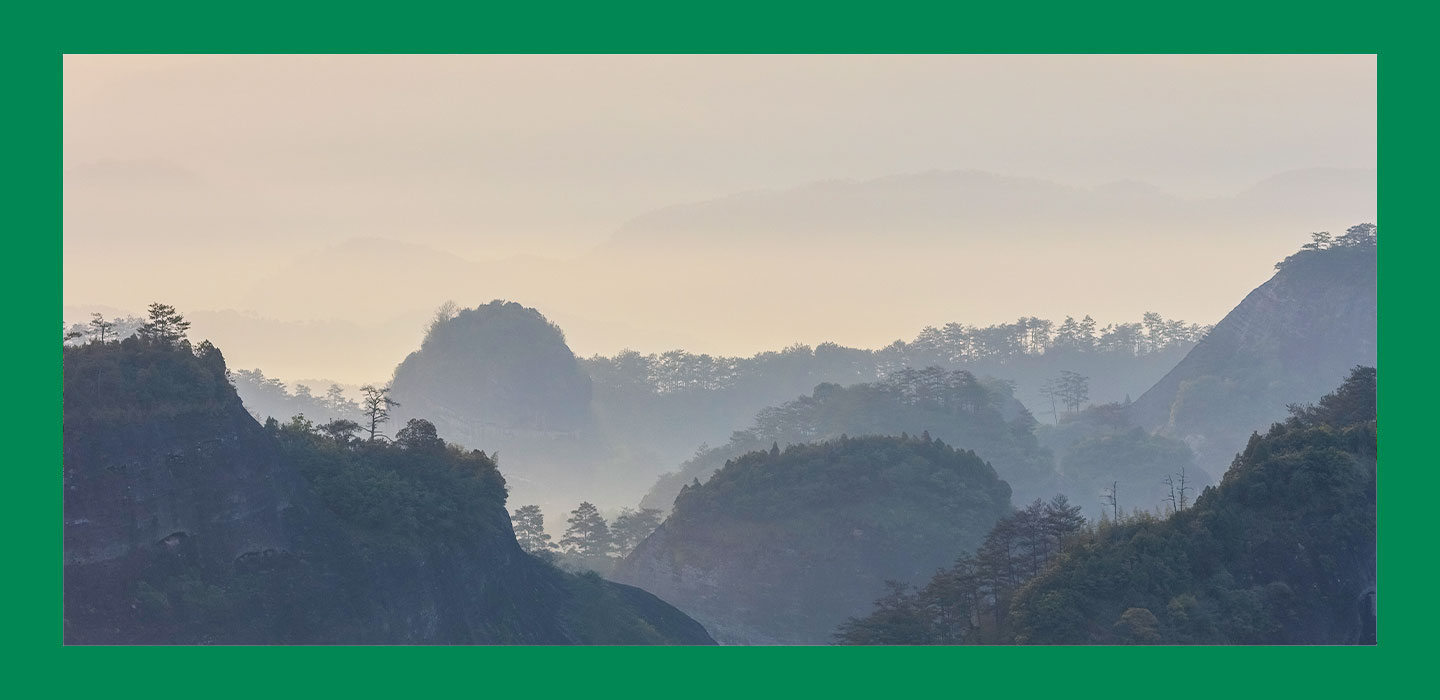中國東部以其擁有許多蓬勃發展的中心城市而聞名,一個小而險峻的山區飛地在上個世紀發現了 1000 多個新物種。它有像優勝美地國家公園那樣的懸崖和像剛果那樣的森林。這就是中國最早的五個官方國家公園之一,武夷山國家公園。
經過長達 5 年的選拔,武夷山在去年成為中國首批國家公園體系的一部分。選擇它的原因,不僅是因為它風景秀麗、物種豐富,還有它的文化意義。它是古代茶道延伸到歐洲的開端,也是道教和新儒學在中國傳播的核心。
說武夷山啟發了古代中國的文化也不為過。直到今天,聯合國教科文組織仍視其為地球上最大、物種最豐富的亞熱帶森林之一。對於世界上人口最多的國家來說還不錯!這是由於武夷山的地理環境非常多樣化。國家公園位於兩個山脈的交匯點,經歷了長年累月的氣候變化,使其與地球上相同緯度的其他山脈有著不一樣的面貌。
中國保護武夷山並非易事,他們已投資 6000 萬美元用於保護工作和公園建設。現在,他們開始組織第一次生態旅遊,遊客可以前來參加觀鳥和民間自然科學的觀察活動。
雖然中國東部可能不像中國西部那麼狂野和廣闊,但仍有武夷山這樣令人讚歎的豐富物種和自然奇觀。公園內仍有當地人居住、種植茶葉,為中國東部和世界各地展示人類與自然共存的良好示範。
In eastern China, most known for its booming urban centers, a small but preciputous mountain enclave has yielded over 1,000 new species discoveries over the last century. It has cliffs like Yosemite and forests like Congo. This is Wuyishan National Park, one of China’s first five official national parks.
Hi, I’m Kyle Obermann, Nature Contributor for the China Current, showing China’s wild side.
Wuyishan made the selection to become part of China’s inaugural national park system last year after a long, 5-year selection process. It was chosen not only for its scenic beauty and species richness, but also its cultural significance: it was not only the beginning of the ancient tea road which stretched into Europe, but also central to the spread of Taoism and neo-Confucianism throughout China.
And it’s no surprise Wuyishan inspired ancient Chinese culture. Still today UNESCO recognizes it as one of the largest and most species rich subtropical forests on the planet… not bad for the world’s most populous country! This is due to Wuiyshan’s extraordinarily diverse geography. Situated at the meeting point of two mountain ranges, the national park experiences a range of weather and habit changes, making it like no other mountain range on earth at a similar latitude.
China’s efforts to protect the area was no easy feat: they’ve invested 60 million dollars into conservation efforts and park building. Now, they are beginning to organize the first ecotours where guests can come and participate in bird watching and citizen science nature surveys and activities.
While eastern China may not be as wild and vast as western China, incredible pockets of species richness and natural wonders like Wuyishan still exist. Local people still live and grow tea in the park, and the site provides a good model for more parks in China’s east and other places around the world where humans and nature coexist.

